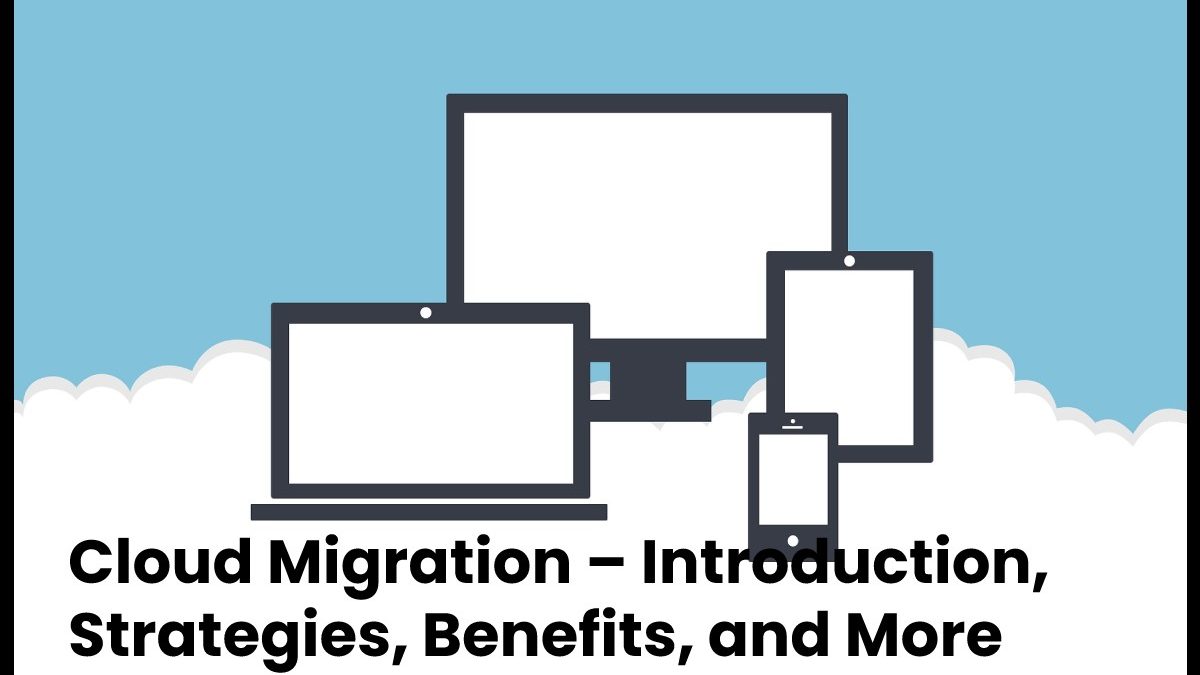Table of Contents
What is a Cloud or Cloud Migration Strategy?
A cloud migration plan is a plan to move data, applications, and workloads to the cloud. Cloud migration strategies typically migrate applications, data, and workloads from on-premises infrastructure and architecture. However, migration can be done between different cloud solutions or types.
Businesses should carefully plan their cloud migration to get the most out of it and ensure the migration is secure. The most appropriate strategy will largely depend on the size and complexity of the environment to the business plans to migrate.
Top Cloud Migration Strategies

Every business has a different reason for moving from on-premises to the cloud or between other cloud solutions: cost optimization, security, performance, support, actual data location, etc.
Let’s see what the Leading Cloud Migration Strategies that Companies can Choose are:
- Rehost or “Lift and Shift”
- Refactor or “Lift, tweak and change.”
- Check
- Rebuild
- Replace or change the solution
- Migrate to another cloud solution.
How to Migrate a Server to the Cloud?
Knowing the process to get the most out of the advantages the cloud offers over servers is essential. A good option is to do it with Microsoft Azure, a cloud service provided by an American company.
Steps
The primary thing is to check that the “Remote Desktop” option is activated. Also, it would help if you allowed RDP connections in Windows Firewall. And it is that Azure generates a new network interface.
Next, you need to create a virtual hard disk. The format is VHD, which Azure uses for its virtual machines.
The next step is making a storage account in Azure, where you must upload the virtual hard disk created in the previous step. In the storage account, it is necessary to generate a container.
Once the disk is downloaded, you need to go to the virtual machine section and select the option that allows you to create a new disk from the existing VHD.
The last step is to create a new virtual machine. To do this, you have to select the gallery option and the disk you just added.
Also Read: Digital Transformation – Introduction, Benefits, Objectives, and More
Cloud Migration – Benefits of Moving to the Cloud
It is interesting to know the main advantages of migrating to the cloud for a particular company.
Operational costs
In the information age, a company storing all the data on its physical server requires a significant investment in equipment and software. However, cloud services require much less investment. The company in question does not need to buy the most advanced computers on the market with a large storage capacity or external memory units of several TB.
Scalability
The cloud service adapts precisely to the specific needs of users and companies. If at some point a business needs more storage or higher disk speed, for example, they have to contract a higher plan. As simple as that.
Updates
By migrating to the cloud, a business can focus 100% on its business, as all secondary tasks, such as updates, are done automatically.
Availability
Many employees today have decided to move their workplace away from the office. Thanks to Cloud Computing, they can access the information stored in the cloud anytime and anywhere.
Security
Of course, safety is more than guaranteed. The person contracting the service has absolute control over who accesses their space in the cloud.
Also Read: Assistive Technology – Introduction, Benefits, Tool, and More
Cloud Migration – Challenges of Moving to the Cloud
Here is a list of the most mutual challenges organizations face when planning a cloud migration:
Cloud Migration – Lack of Strategy
It is essential to consider the specific requirements of each application and workload. It is crucial to define a clear plan to ensure that the migration to the cloud is successful.
Downtime or service disturbance during migration
In this regard, it is essential to perform migration testing to ensure that the final migration runs with little or no service impact.
Cloud Migration – Data loss and security
To avoid the risks of data leakage and loss during a migration to the cloud, security measures such as privileged access management and application encryption must put in place, in addition to having a good disaster recovery plan and backup copies.
Resource management
Migration to the cloud usually involves hiring new IT management profiles.
Cost management
With all the costs associated with cloud migration, from migration fees to future recurring charges, it’s essential to avoid surprises along the way. Therefore, controlling cloud costs is also necessary.
Interoperability
Processes must be adapted so that applications can communicate correctly in the new cloud environment.
Skills
It is essential to have a specific team, whether internal or external, to ensure the success of the migration.
Also Read: Marketing Agency – Introduction, Advantages, Services, and More
Conclusion
These are just a limitation of the many migration challenges that warrant careful planning, testing, and resource selection execution. Work with an APM vendor to review these challenges before developing your cloud migration plan so you can migrate confidently.

